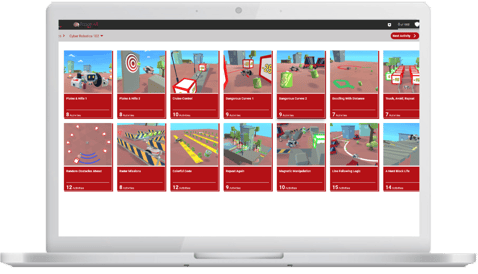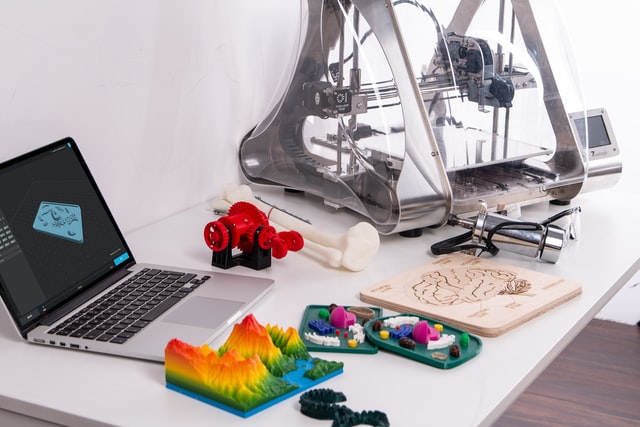If you’re concerned that STEM is taking up too much classroom time, consider this: STEM permeates the curriculum in ways subjects taught in isolation can’t. STEM also teaches the skills students need for success beyond their formal education.
Teachers know that they have to take advantage of every minute of instructional time they can get with students. STEM programs, with their integrated lessons, seem to usurp a considerable amount of instructional time. That can lead to arguments about pulling kids away from traditional subjects like science and math.
However, STEM offers students experiences they can’t get in traditional classrooms. STEM integrates learning through interdisciplinary studies. It affords the application of 21st-century learning skills. And finally, STEM teaches resilience.
Interdisciplinary learning
How many times have students asked why they have to learn something? They don’t understand how their topic of study relates to the real world beyond their classroom walls. Instead, students bemoan having to learn something they assume they’ll never use again.
Subjects taught in isolation give the impression that disciplines exist independently of each other. Edtech, especially in STEM, encourages integrated learning. In fact, even a decade ago, researchers like Repko, et al., recognized that “interdisciplinary instruction fosters advances in cognitive ability and gains in the ability to recognize bias, think critically, tolerate ambiguity, acknowledge and appreciate ethical concerns.”
STEM isn’t something that’s taught in addition to science and math. It is science, math, technology, and engineering, too. STEM classes give students opportunities to engage in relevant hands-on lessons that make learning meaning and memorable.
21st Century skills in every lesson
If you’re looking to instill 21st-century skills your students need to be successful, STEM provides a way to practice these skills. Critical thinking, collaboration, communication, and citizenship become more relevant in a STEM classroom.
The STEM environment is often a makerspace that hums with purposeful activity. Students create hypotheses, questions, and test them. They seek out team members who can offer diverse and unique solutions when problem-solving. Learners communicate with peers and other Subject Matter Experts. During these learning experiences, the participants must practice digital citizen skills thanks to their use of technology.
Resilience that moves learning forward
Ultimately, STEM teaches that failure is okay. Not every experiment goes as planned; innovations aren’t always successful. STEM activities help students learn to build resilience. They discover that making a mistake is not the end of an academic career. Instead, an error can lead to other possibilities waiting to be explored.
Perhaps more important than other reasons for teaching STEM in school is that it’s cool. Students find it far more interesting to explore and create in STEM classes than to read a textbook and answer questions at the end of each chapter. STEM fosters curiosity and inquisitiveness that many subjects taught in isolation can’t do. Furthermore, STEM requires hands-on use of technology.
STEM teaches students the skills they need for future learning and work. IT ought to be a mainstay in every school.
Discover more STEM resources with RobotLAB and CoderZ!

CoderZ is an online educational environment that improves students 21st century skills, while they are having fun programming their own virtual cyber robot. CoderZ and RobotLAB has different lessons to do at home! Check them out Here

 Unsplash
Unsplash